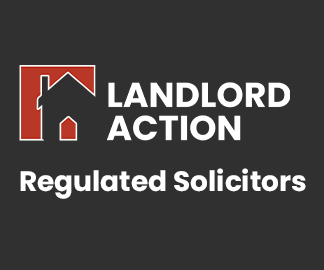
The new Smoke and Carbon Monoxide Alarm (Amendment) Regulations 2022 come into force from October 1st 2022. The new changes bring social housing in line with private rentals in England. Use this guide to clarify your legal obligations as a landlord to ensure that you comply.
What has changed with the new smoke alarm regulations?
The Smoke and Carbon Monoxide Alarm Regulations 2015 have required landlords of privately rented homes to install at least one smoke alarm on every level of a rented property that has rooms that are classed as ‘living accommodation’. This is now also the case in the social housing sector.
What type of smoke alarm is required in a rented property?
No rules have been stipulated for the type of smoke alarm needed. Whilst there is no requirement to install interlinked smoke alarms, this type of alarm gives the occupant a much better chance of escape. This may be of particular importance in properties with young children, the elderly or if the occupant has any impairment or vulnerability that may impact their ability to escape.
Landlords may also want to consider installing a smoke alarm with a long-life 10 year battery that will last the lifetime of the alarm. This type of alarm is tamper-proof, requires less maintenance and offers better value for money.
In addition, heat alarms are also recommended in the kitchen. With around 60% of fires in the home starting in the kitchen, installing an alarm here seems like a logical step. Heat alarms will not respond to normal cooking fumes and will only sound if a sharp rise in temperature is detected. This eliminates false alarms from cooking or burning the toast.
What are the requirements for CO alarms in rented homes?
Carbon monoxide alarms need to be installed in any room in a rented home where there is a fixed combustion appliance (this includes private rentals and social housing). Although these regulations currently exclude gas cookers, carbon monoxide alarms are also recommended where there is a gas hob or oven as these are also a recognised source of carbon monoxide.
Whilst there are no specifications for the type of CO alarm that should be installed, landlords should be mindful of poor quality alarms such as ‘black spot’ or ‘patch’ co alarms. It is highly recommended that any carbon monoxide alarm installed should adhere to the latest British Standards.
What are the landlords’ responsibilities for maintaining the alarms?
Smoke and CO alarms must be in good working order at the start of a tenancy. If the tenant reports that the alarm is not working, the landlord must replace or fix the alarm ‘as soon as is reasonably practicable’. The responsibility remains with the tenant to test alarms at least once a month and to report any issues. Both private and social landlords could be fined up to £5000 if these new regulations are breached.
New regulations for rented homes in Scotland and Wales
The regulations for smoke and carbon monoxide alarms in rented homes in Scotland and Wales have also changed in 2022. This legislation specifies the type of alarms that must be installed in rental properties so landlords in these areas must purchase alarms compliant with the latest Scottish regulations and Welsh regulations.





